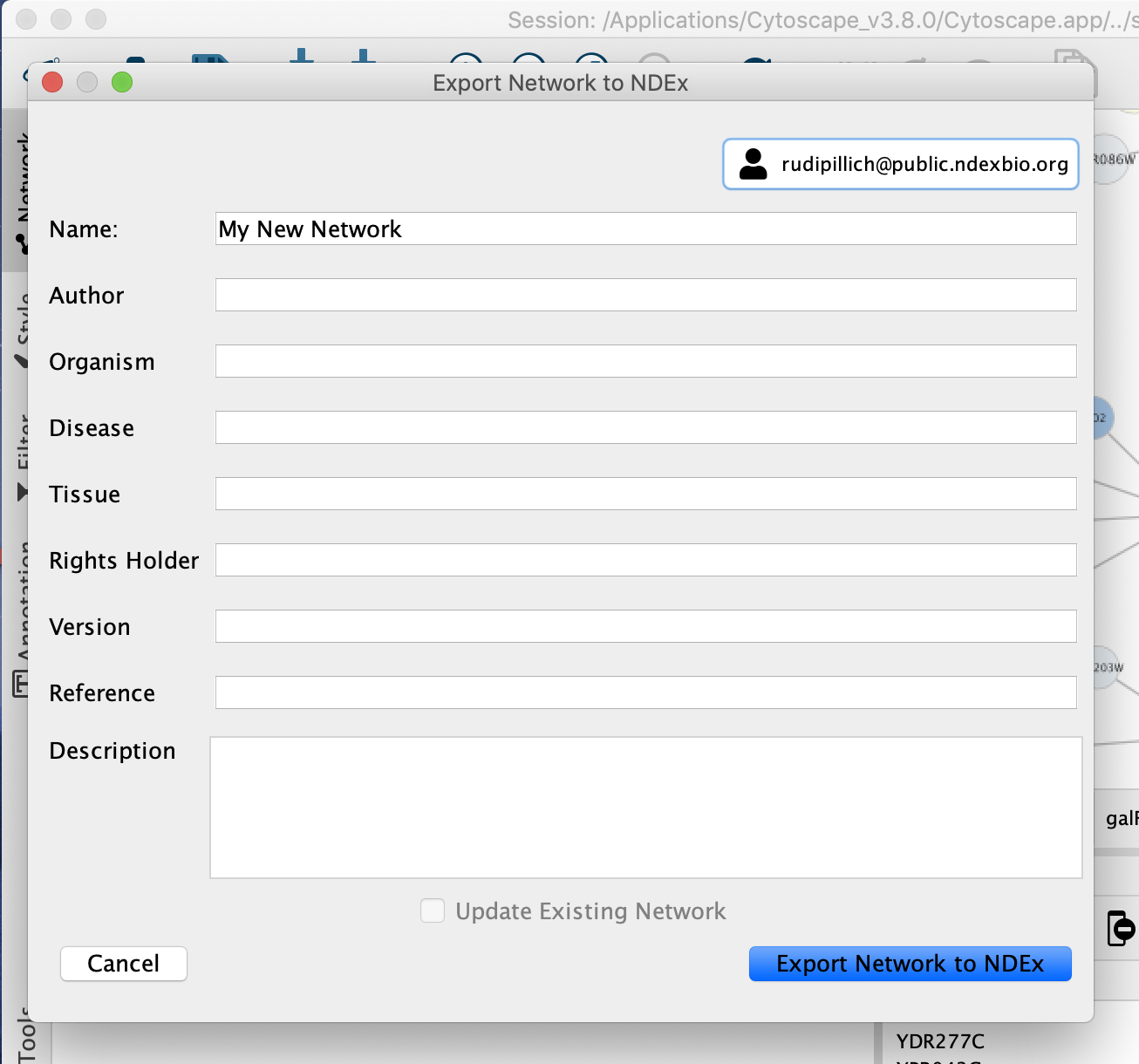

Furthermore, five shared hub gene signatures (SHGS), namely, pre-mRNA processing factor 4 (PRPF4), serine and arginine-rich splicing factor 1 (SRSF1), heterogeneous nuclear ribonucleoprotein M (HNRNPM), DExH-Box Helicase 9 (DHX9), and origin recognition complex subunit 2 (ORC2), were identified between BE and EAC. A dark-gray module with 207 genes was identified which having a high correlation with phenotype (gender) in the WGCNA. Forty key genes were identified using modules of MCODE, CytoHubba, and CytoNCA with different algorithms. As a result, 403 DEGs were excavated, comprising 236 upregulated and 167 downregulated genes, which are involved in the cell cycle and replication pathways. A differentially expressed gene-based protein-protein interaction (PPI) complex was used to extract hub genes through Cytoscape plugins. Weighted gene co-expression network analysis (WGCNA) and differentially expressed gene (DEG) analysis were conducted to explore the relationship between gene sets and clinical traits as well as to discover the key relationships behind the co-expression modules. These data were accompanied by clinical data and RNAseq data from The Cancer Genome Atlas (TCGA).

We obtained EAC- and BE-associated microarray datasets GSE26886, GSE1420, GSE37200, and GSE37203 from the Gene Expression Omnibus and ArrayExpress using systematic meta-analysis. This study aims to explore the gene signatures shared between BE and EAC based on integrated network analysis. Due to the complexity of these diseases, their molecular mechanisms have not been revealed clearly. Esophageal adenocarcinoma (EAC) is a deadly cancer with high mortality rate, especially in economically advanced countries, while Barrett's esophagus (BE) is reported to be a precursor that strongly increases the risk of EAC.


 0 kommentar(er)
0 kommentar(er)
